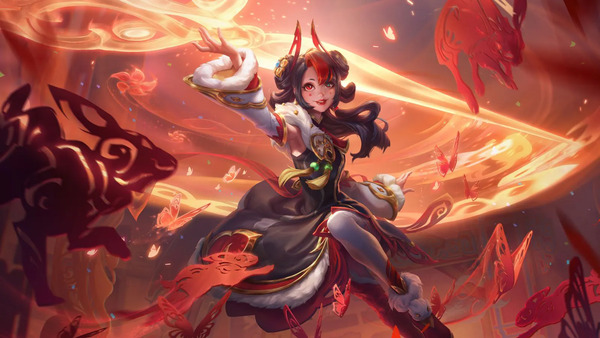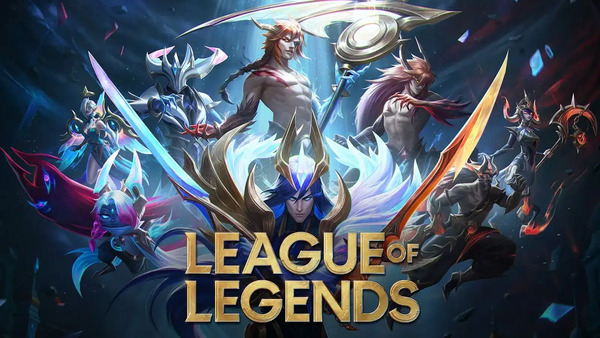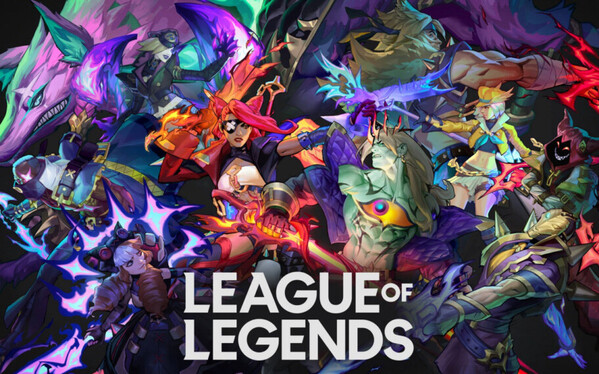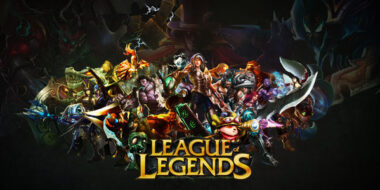League of Legends (LoL), a game that has captivated millions since its release in 2009, is often hailed for its depth, strategy, and competitive integrity. However, despite its popularity and constant updates, it grapples with a persistent issue: game balance. This article will delve into the complexities of balance in League of Legends, examining how it affects gameplay, player experience, and the overall meta. We will explore the reasons behind balance discrepancies, the impact of champion reworks, and the community’s response to Riot Games’ ongoing balancing efforts.

The Importance of Balance in Competitive Gaming
In any competitive game, balance is crucial. It ensures that no single character, strategy, or playstyle dominates the game, allowing for diverse gameplay experiences. In League of Legends, balance translates to a fair playing field where skill, strategy, and teamwork take precedence over overpowering abilities or champions.
What is Game Balance?
Game balance refers to the equilibrium between various elements within the game, including champions, items, and mechanics. Ideally, every champion should have strengths and weaknesses that counterbalance each other. This variety allows players to experiment with different strategies and enhances the overall enjoyment of the game.
Consequences of Poor Balance
When a game is poorly balanced, certain champions may become overpowered or underpowered. This can lead to frustration among players, as they may feel compelled to use specific champions to remain competitive. Over time, a lack of balance can stifle creativity and reduce the diversity of gameplay, which is contrary to the game’s design philosophy.
The Evolving Meta
The meta, or the prevailing strategies and champion selections within the game, is heavily influenced by balance changes. Players adapt to these changes, leading to shifts in what champions are considered “meta.” Understanding the dynamic nature of the meta is essential for players seeking to improve their performance.
Meta Changes Over Time
The meta is not static; it evolves with each patch and balance update. For instance, when a champion receives buffs, they may suddenly become popular, leading to a surge in their play rates. Conversely, champions that are nerfed may disappear from the competitive scene. This constant flux can be both exciting and frustrating for players, who must continuously adapt to survive.
The Role of Patch Notes

Riot Games releases patch notes detailing balance changes, which are closely analyzed by players and analysts alike. These notes often spark debates within the community about the effectiveness of the changes. Some patches may be well-received, while others might lead to outcry over perceived injustices. The reaction to these notes is a testament to the passionate and engaged player base that League of Legends boasts.
Champion Reworks: A Double-Edged Sword
Champion reworks are a key strategy Riot employs to maintain balance within the game. However, these reworks can sometimes lead to more issues than they solve. Understanding the nuances of champion reworks is essential for grasping the balance dilemma in League of Legends.
The Purpose of Reworks
Reworks aim to bring underperforming champions up to par with others or to reduce the power of overbearing champions. They often involve significant changes to a champion’s abilities, passive effects, and overall gameplay style. The intention is to rejuvenate interest in these champions while addressing balance concerns.
Community Response to Reworks
While reworks can be beneficial, they often meet mixed reactions from the community. Players may feel attached to a champion’s old mechanics and find it hard to adapt to new changes. This resistance can lead to dissatisfaction and backlash against Riot, especially if the rework fails to achieve its intended balance goals.
The Role of Player Feedback
Player feedback is a crucial element in Riot Games’ balance philosophy. The company actively engages with the community, utilizing forums, social media, and in-game reports to gauge player sentiment. This feedback loop is essential for making informed decisions about balance changes.
Gathering Data
Riot collects vast amounts of data to analyze champion performance, win rates, and pick rates across different ranks. This data helps identify which champions may require buffs or nerfs. However, relying solely on statistics can be misleading, as it does not always capture the qualitative aspects of player experience.
Community Influence on Balance Changes

Community feedback can significantly influence balance decisions. Players often share their experiences and opinions on forums and social media, creating a dialogue that can sway Riot’s approach to balancing. The challenge lies in ensuring that this feedback represents the broader player base rather than just vocal minority segments.
The Impact of New Champions
Each new champion introduced into League of Legends has the potential to disrupt the existing balance. These newcomers can introduce novel mechanics or playstyles that challenge the established meta, sometimes leading to unforeseen consequences.
The Introduction of a New Champion
When a new champion is released, they often come with unique abilities that can shift the balance of power. Players may flock to these champions, leading to spikes in their pick rates. This phenomenon can unbalance the game until players adapt to the new threat.
Balancing New Champions
Riot typically employs a “soft launch” strategy for new champions, allowing them to enter the game in a state of relative power. This strategy enables the developers to observe how the champion interacts with existing characters and mechanics before making further adjustments. However, this approach can lead to an initial imbalance that frustrates players.
Itemization and Balance
Items in League of Legends play a pivotal role in champion effectiveness and overall game balance. As new items are introduced or existing items are reworked, the implications on balance can be significant.
The Role of Items
Items provide champions with unique abilities and bonuses that can enhance their gameplay. The introduction of powerful items can elevate certain champions while rendering others obsolete. This dynamic makes itemization a critical factor in balancing the game.
Recent Item Changes
Over the years, Riot has made several changes to itemization, attempting to create a more balanced and diverse gameplay experience. However, the continuous reworking of items can also lead to confusion and frustration among players, who must constantly adapt to new mechanics and synergies.
The Challenge of High-Level Play
At the highest levels of play, balance becomes even more crucial. Professional players and teams often exploit the smallest imbalances for competitive advantage, leading to a meta that may differ significantly from the casual player experience.
Professional vs. Casual Play
Professional players have the skills and knowledge to fully exploit imbalances within the game. This often results in a skewed perception of balance, as certain champions may dominate the professional scene while being less effective in casual play. This discrepancy can lead to frustrations for casual players, who may feel compelled to follow the professional meta.
The Impact of Competitive Play on Balance Changes
Riot often takes cues from professional play when considering balance changes. However, this can create a tension between maintaining a competitive environment and ensuring that the game remains accessible and enjoyable for casual players. Striking this balance is one of the most significant challenges facing Riot Games.
Community Reaction to Balance Changes
The League of Legends community is vocal and passionate about balance changes. Players often express their opinions through forums, social media, and streaming platforms. Understanding these reactions is vital for Riot as they navigate the balance dilemma.
Constructive Criticism vs. Toxicity
While much of the community feedback is constructive, there is also a significant amount of toxicity. Players may lash out at developers over perceived injustices, leading to a hostile environment. This toxicity can deter constructive dialogue and complicate the balancing process.
The Importance of Communication
Riot Games has made efforts to improve communication with the community, sharing insights into their balancing philosophy and the rationale behind specific changes. Transparent communication can help mitigate negative reactions and foster a more constructive environment for feedback.
The Future of Balance in League of Legends
As League of Legends continues to evolve, so too will the challenges surrounding balance. The game’s longevity hinges on Riot’s ability to adapt to player needs while maintaining a fair and competitive environment.
Innovative Solutions
Riot has begun to explore innovative solutions to balance issues, such as introducing “experimental” changes in limited game modes to test new ideas. These experimental patches allow players to provide feedback before widespread implementation, potentially reducing backlash.
Embracing Player Feedback
The future of balance in League of Legends will likely depend on a continued emphasis on player feedback. By engaging with the community and integrating their insights, Riot can strive for a more balanced game that resonates with both casual and professional players.
Conclusion
The balance dilemma in League of Legends is a multifaceted issue that impacts gameplay, player experience, and the overall meta. While Riot Games continually seeks to address these challenges through patches, reworks, and community engagement, the quest for perfect balance is ongoing. As the game evolves, so too must the strategies for achieving fairness and diversity in gameplay. Ultimately, the success of League of Legends lies in its ability to adapt and respond to the needs of its player base, ensuring a rich and engaging experience for all.


